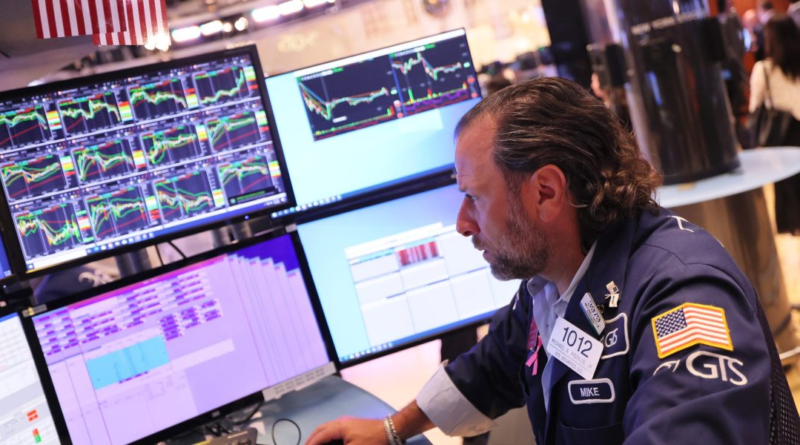Stocks will hit a record high by the end of 2024 as the latest bull market rages on, veteran market watcher says
After a brutal 2022, the stock market’s bulls are on parade this year. Booming “magnificent seven” tech giants and enthusiasm over A.I. have helped the S&P 500 and the tech-heavy Nasdaq Composite soar 18% and 37%, respectively, year to date. And with inflation fading and the labor market proving its resilience in the face of aggressive interest rate hikes from the Federal Reserve, Ed Yardeni, veteran market watcher and founder of Yardeni Research, believes a soft landing and more market gains are now inevitable.
“We see the bull market that started on October 12, 2022, continuing through at least the end of next year with the S&P 500 reaching a new record high somewhere between 4,800 and 5,400 over the next 18 months,” he wrote in a Sunday note.
Yardeni’s price target implies a potential 6% to 20% jump in the S&P 500 by the end of 2024, and while that may sound dramatic after this year’s gains, it’s based on fundamentals.
Yardeni expects S&P 500 earnings to hit $270 per share by 2025, and for the blue-chip index to trade between 17.8 and 20 times forward earnings by the end of 2024. For reference, the 10-year average forward price-to-earnings ratio for the S&P 500 is 16.9, and Wall Street’s consensus earnings estimate for 2025 is $275 per share—so these aren’t outlandish forecasts.
Getting too hot?
While a number of Wall Street strategists have repeatedly warned that the surge in stocks this year is nothing more than a bear market trap that will eventually reverse as the weight of the Fed’s interest rate hikes hit consumers, Yardeni is convinced we’re in a new bull market and any correction will be mild.
“The S&P 500 is hot. The Nasdaq is even hotter. The mounting concern is that both might be getting too hot, resulting in a stock market melt up that could set the stage for a meltdown. If so, we expect that the downdraft would be a correction rather than a new bear market,” he wrote Sunday.
Yardeni, who spent 40 years on Wall Street, previously serving as the chief investment strategist of Oak Associates, Prudential Equity Group, and Deutsche Bank, believes his peers are too pessimistic about corporate earnings. The consensus estimate on Wall Street is for earnings-per-share to drop 8.9% year over year in the second quarter, but after big banks kicked off the second quarter earnings season with a strong showing last week, Yardeni sees S&P 500 earnings declining just 4% from a year ago.
To his point, while only 30 companies have reported earnings so far in the second quarter, 77% of those firms have managed to beat Wall Street’s consensus earnings-per-share estimates, and the aggregate earnings beat is 6%, according to Bank of America data.
A rolling recession becomes a rolling recovery?
Forget the recession forecasts: A “disinflationary soft-landing scenario” is far more likely, according to Yardeni. The market watcher puts the odds of a U.S. recession over the next two and a half years at just 25%, arguing that consumer spending, which accounts for 70% of U.S. GDP, will continue to be resilient this year because baby boomers have $75 trillion in wealth stocked away.
Instead of a classic “economy-wide recession,” Yardeni believes the U.S. is already experiencing a rolling recession, during which certain sectors of the economy contract while others continue to expand.
In an interview with CNBC earlier this month, he noted that this contraction has been evident in the manufacturing, goods, and housing sectors for over a year, where rising interest rates tend to have an immediate cooling effect. But with inflation fading, Yardeni believes the Fed will raise rates for the last time this month. It’s a “one-and-done” rate hike could signal the start of a “rolling recovery” for these ailing sectors of the economy.
Yardeni said there will be “clues” to verify his thesis in two regional business surveys released later this week by the New York and Philadelphia Federal Reserve Boards, as well as industrial production data, and June’s retail sales report.
“The week’s economic indicators will mostly show that the economy is continuing to muddle along without an economy-wide recession,” he wrote Sunday. “We will be looking for signs that the rolling recession in the goods sector is turning into a rolling recovery.”

